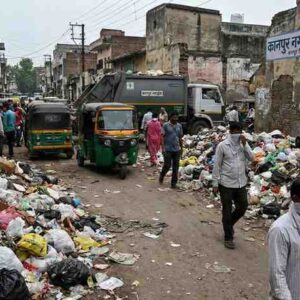Introduction
India, a nation celebrated for its unity in diversity, is facing increasing challenges to its social harmony. Ethnic conflicts, rooted in cultural, linguistic, and regional differences, are surfacing with alarming frequency, raising concerns about their potential to destabilize the nation’s unity. This article explores the root causes of these tensions, their impact on India’s democracy, and potential pathways to reconciliation.
The Roots of Ethnic Conflicts
1. Historical and Cultural Divides
India’s ethnic diversity stems from its history, with over2,000 distinct ethnic groupsand22 officially recognized languages. While this diversity enriches the nation, historical grievances and identity politics often fuel tensions.
- Examples:
- The Assam-Meghalaya border dispute, marked by long-standing territorial disagreements.
- Ethnic clashes in Manipur in 2023, driven by differences between tribal communities.
(Source: Ministry of Home Affairs, Northeast Conflict Reports)
2. Socio-Economic Inequalities
Ethnic conflicts are often exacerbated by unequal access to resources, employment, and political representation.
- Case Study:
- The demand for reservation by dominant communities like the Patidars in Gujarat or the Jats in Haryana underscores how socio-economic aspirations fuel ethnic mobilization.
(Source: NITI Aayog Reports)
3. Political Polarization
Ethnic identities are frequently exploited for political gains, deepening divisions. Electoral strategies often emphasize identity politics, sidelining developmental agendas.
(Source: Election Commission of India Reports)
The Impact on India’s Unity
1. Threats to Social Harmony
Ethnic tensions disrupt communal relationships, creating long-lasting animosities that are difficult to resolve.
2. Economic Disruption
Conflicts often lead to economic losses, particularly in affected regions. For instance, ethnic clashes in the Northeast have significantly disrupted trade and tourism.
3. Governance Challenges
Frequent unrest diverts resources from developmental projects to conflict resolution, hampering overall progress.
Pathways to Resolution
1. Strengthening Federalism
Empowering states and local governments to address ethnic grievances can help bridge divides. For instance, theBodoland Territorial Region Accord (2020)demonstrated how regional autonomy can address ethnic demands.
2. Inclusive Development
Addressing socio-economic disparities through targeted welfare schemes can reduce ethnic tensions. Programs likeAspirational Districts Initiativefocus on equitable resource distribution.
(Source: Ministry of Rural Development)
3. Promoting Dialogue and Reconciliation
Initiatives such as inter-community dialogues and cultural exchanges can foster understanding and trust among diverse groups.
Conclusion
While ethnic conflicts pose a serious challenge to India’s unity, they are not insurmountable. By addressing root causes such as inequality and political polarization, and fostering dialogue and inclusivity, India can reaffirm its commitment to unity in diversity. The nation’s resilience lies in its ability to transform challenges into opportunities for stronger cohesion, ensuring that diversity remains its strength rather than its vulnerability.













